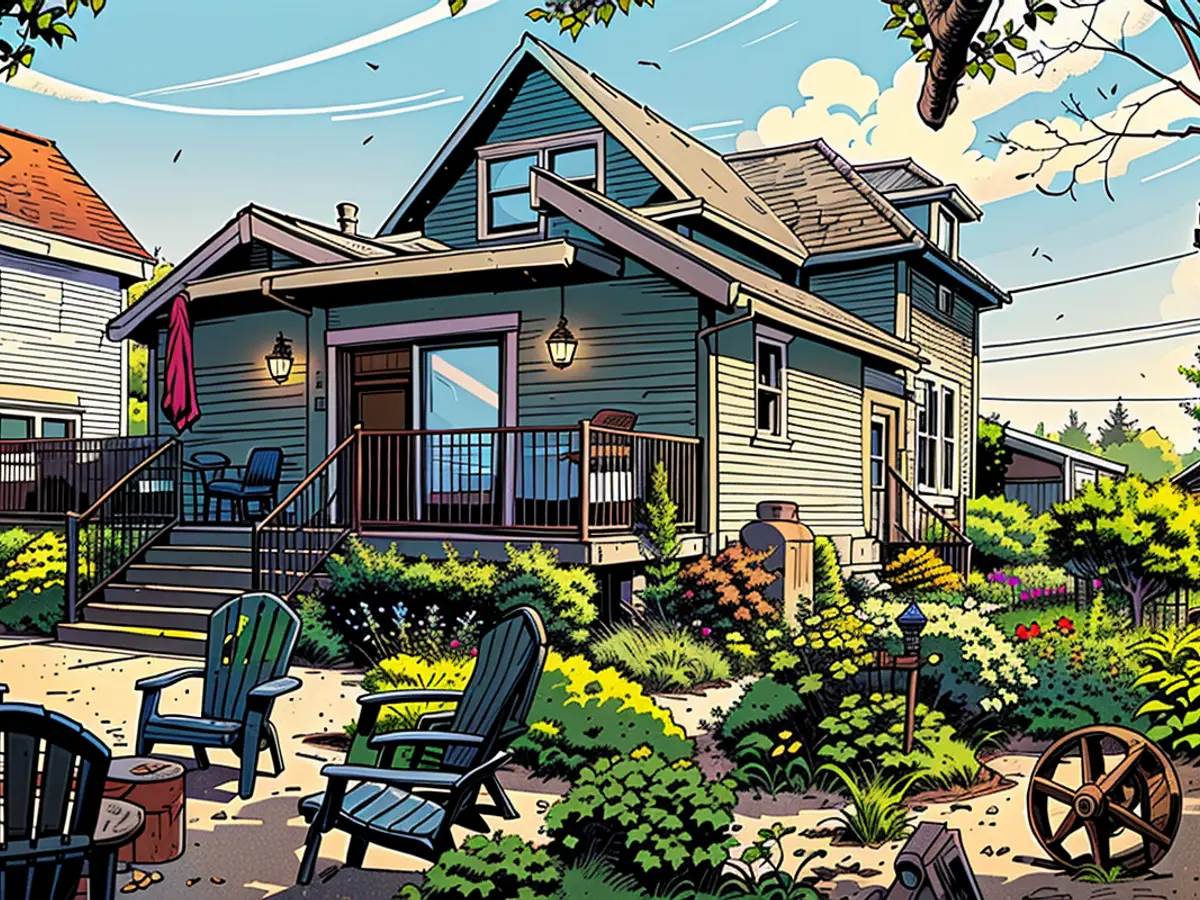Why a 40-Year (or Longer) Mortgage Is a Terrible Idea
The dream of home ownership has never been more challenging in this country—home prices are soaring and interest rates are at the highest point in more than a decade. And even if you manage to find a strategy that lets you consider buying a house within your budget, the reality of home ownership is that it’s really expensive. Buying the house is step one—paying for that house is steps two through 360 (monthly mortgage payments).
Getting those mortgage payments down to a more manageable level has sparked the rise of “non-qualifying” (NQ) mortgages with longer terms (they’re “non-qualifying” because they don’t fit within the guidelines set out by the Consumer Financial Protection Bureau, and thus don’t qualify to be sold to Freddie Mac or Fannie Mae). Most “conforming” mortgages have 7-, 15-, or 30-year terms, but NQ mortgages offer 40-year terms—or even longer, in some cases. Just like with a car loan, a longer term translates into lower monthly payments, so these NQ mortgages might seem like a way to work a home purchase into your tight budget.
Most 40- or 50-year mortgages are the result of modifications of existing loans, but it’s possible to find one for the purchase of a home. This isn’t a great idea, though, because of math.
Why a 40-year mortgage is a bad financial choice
At first glance a 40- or 50-year mortgage might seem like a good option. Lower monthly payments? Yes, please. But when you crunch the numbers, the benefits are actually kind of small compared to the downside.
Say you’re looking to get a loan to buy a home that costs $400,000. You have $80,000 to put down as a deposit (yay for you!), so you need to borrow $320,000 to buy the place (we’ll ignore closing costs, insurance, and other expenses in this example). If you go with a traditional 30-year fixed-rate loan at an interest rate of 7%, your monthly payment would be $2,128.97 and the total cost of the mortgage will be $766,428.47, so you wind up paying $446,428.47 in interest (assuming you never refinance or sell the place).
If you opt for a 40-year mortgage at the same 7% rate, your monthly payment drops to $1,988.58—but the total cost of the loan balloons to $954,518.45—and you wind up paying a whopping $634,518.45 in interest, or $188,089.75 more. If you somehow finagle a 50-year mortgage from someone, your monthly payment becomes $1,925.40, and your total cost will be $1,155,241.83, $835,241.83 of which would be interest. That’s nearly $400,000 more than the 30-year mortgage.
When you look at the numbers like that, it’s pretty clear that the monthly payment is only marginally smaller, but your overall cost skyrockets.
Other problems with the 40-year mortgage
The extra cost is the main downside of a 40- or 50-year mortgage, but even if you’re okay with that tradeoff there are some other negatives to consider:
- Lack of choice: Another reason to avoid 40- or 50-year mortgages is the limited selection of lenders. Because these are non-conforming loans, a lot of banks and other lenders don’t offer them—there’s higher risk for them. They’re out there, but instead of shopping around for the best deal, you might find yourself stuck with the one lender willing to work with you on the mortgage terms.
- Higher rates: Another downside is that these loans often carry higher interest rates, because they’re riskier and it takes a lot longer for the lender to get their money.
- Slow equity: Paying off your mortgage increases the amount of the house you actually own—your equity. If you put down 20% when you bought the place, you’re starting off with 20% equity and building from there. While most mortgages are structured to pay more money to interest at first, you’re usually building equity relatively quickly as you pay down the principle of the loan—typically you’ll have significant equity after 5-10 years of steady payments. But with a 40- or 50-year mortgage, this process is a lot slower—lower monthly payments mean less equity being built every month.
If you can’t seem to make your budget work for a traditional 30-year mortgage, the reduction in monthly payments might make a longer mortgage seem attractive. It’s only an option if you’re okay with paying hundreds of thousands of dollars more for the home and working with a very limited number of lenders, or if you have a solid plan to refinance very quickly and just want the lower payments for a short while.
Despite the allure of lower monthly payments with a 40-year mortgage, the total cost significantly increases compared to a 30-year mortgage. For instance, on a $400,000 house with a $80,000 down payment and a 7% interest rate, the 40-year mortgage would cost $634,518.45 in interest, which is $188,089.75 more than the 30-year mortgage.
The challenge of securing a 40-year mortgage also increases over time, as many lenders do not offer such long-term loans due to the inherent risk. Consequently, you may have to settle for a higher interest rate or work with the limited number of lenders who offer these non-conforming mortgage terms.








